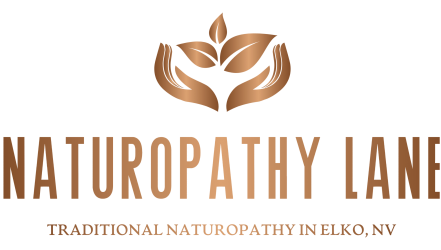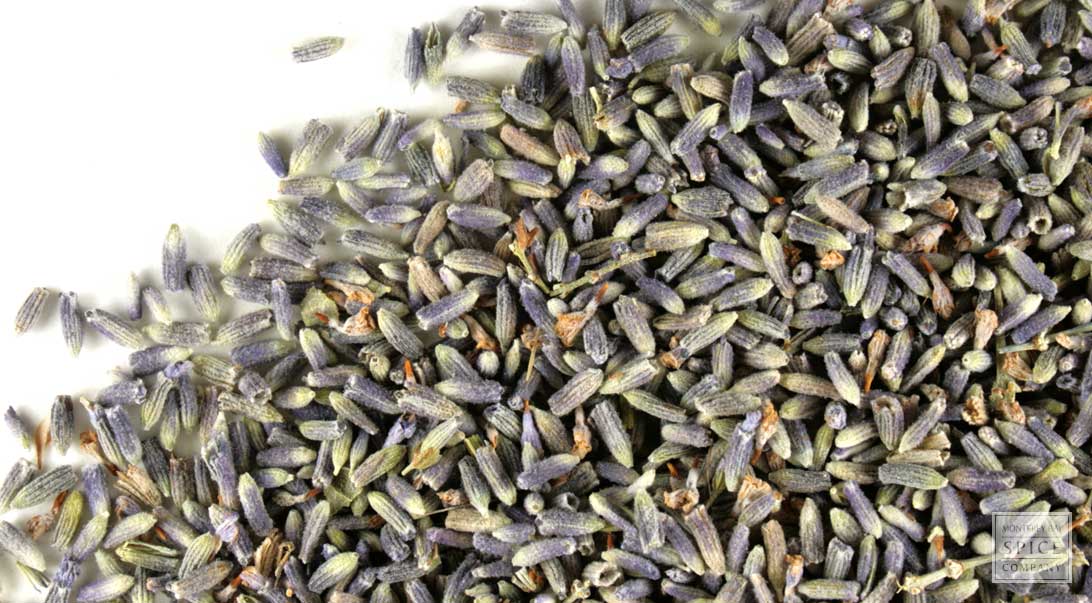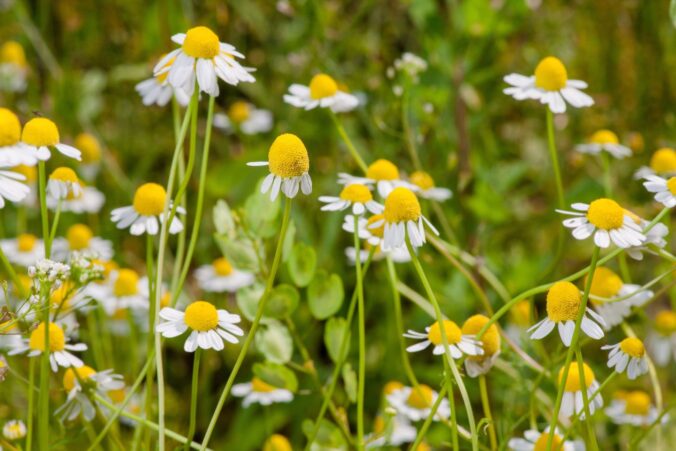Lavender (Lavandula spp.)
is a well-known and versatile plant that belongs to the Lamiaceae family. Its fragrant flowers and oil have been used for centuries in natural medicine, aromatherapy, and culinary purposes. In this blog post, we will explore the history of lavender in traditional Chinese medicine, Ayurvedic medicine, and western medicine, its active constituents, biochemical pathways they influence, and any potential contraindications.
History in Natural Medicine
Traditional Chinese Medicine (TCM): In TCM, lavender is considered a cooling and calming herb that can be used to treat various conditions such as headache, dizziness, and restlessness. It is often combined with other herbs to create formulations for a wide range of health issues. In Ayurvedic Medicine: In Ayurveda, lavender is used to balance the three doshas (Vata, Pitta, and Kapha) and promote overall well-being. Its cooling and calming properties make it an ideal herb for treating anxiety, stress, and sleep disorders. Western Herbal Medicine: In modern times, lavender essential oil has gained popularity in aromatherapy and natural remedies due to its soothing and relaxing effects. It is commonly used to treat stress, anxiety, insomnia, and digestive issues.
Active Constituents and Biochemical Pathways
Lavender contains several active constituents, including linalyl acetate, linalool, and lavandulin. These compounds are known to influence various biochemical pathways, such as the GABAergic system, which plays a crucial role in regulating anxiety and sleep. Lavender has also been found to exhibit anti-inflammatory properties by Lavender’s anti-inflammatory properties can be attributed to the synergistic effects of its active constituents, primarily linalyl acetate and linalool. These compounds are believed to modulate the activity of various inflammatory mediators, such as cyclooxygenase (COX), lipoxygenase (LOX), and inducible nitric oxide synthase (iNOS). Cyclooxygenase (COX): COX is an enzyme responsible for the production of prostaglandins, which play a crucial role in inflammation. Lavender has been found to inhibit both COX-1 and COX-2, thereby reducing the production of pro-inflammatory prostaglandins.Lipoxygenase (LOX): LOX is an enzyme involved in the synthesis of leukotrienes, which are inflammatory mediators. Lavender has been shown to inhibit LOX activity, thereby reducing inflammation. Inducible nitric oxide synthase (iNOS): iNOS is an enzyme that produces nitric oxide (NO), a potent inflammatory molecule. Inflammatory cells such as macrophages and microglia express iNOS during inflammation, leading to increased NO production. Lavender has been found to inhibit iNOS expression, resulting in reduced NO production and inflammation. In addition to these mechanisms, lavender’s anti-inflammatory properties may also be due to its ability to modulate the activity of transcription factors, such as nuclear factor kappa B (NF-κB), which plays a central role in the regulation of inflammatory responses. By inhibiting NF-κB activation, lavender can help suppress the production of pro-inflammatory cytokines and chemokines.
Lavender’s analgesic properties can be attributed to the synergistic effects of its active constituents, which mainly include linalyl acetate and linalool. These compounds are believed to interact with the vanilloid receptor 1 (VR1), also known as the capsaicin receptor, located on sensory neurons. Activation of the VR1 receptor produces a pain-relieving effect by blocking the transmission of pain signals from the peripheral nerves to the brain. Moreover, lavender essential oil has been found to increase the release of endorphins (the body’s natural painkillers) and decrease the production of inflammatory mediators, such as prostaglandin E2 (PGE2). These effects contribute to the overall analgesic properties of lavender.
Lavenders’ antimicrobial properties can be attributed to the synergistic effects of its active constituents, primarily linalyl acetate and linalool. These compounds have been found to exhibit antimicrobial activity against a wide range of microorganisms, including bacteria, fungi, and viruses. Bacteria: The essential oil components of lavender can inhibit bacterial growth by disrupting the cell membrane, which leads to the leakage of intracellular contents and eventual cell death. Additionally, lavender has been found to interfere with bacterial protein synthesis and DNA replication, further contributing to its antibacterial properties. Lavender essential oil exhibits antifungal activity by inhibiting fungal growth and mycelium formation. It can also damage the fungal cell membrane, leading to the disruption of intracellular processes and eventual cell death. Although less studied than bacterial and fungal interactions, some research suggests that lavender essential oil may have antiviral properties. This activity is likely due to its ability to interfere with viral protein synthesis or inhibit the replication of viral RNA or DNA.
Contraindications
While lavender is generally considered safe for use, there are some potential contraindications to be aware of:Pregnancy: The safety of lavender during pregnancy has not been well-studied. It is recommended to consult a healthcare professional before using lavender essential oil while pregnant. Breastfeeding: Lavender essential oil should be used with caution when breastfeeding, as its safety for infants has not been thoroughly evaluated. Allergic reactions: Individuals with allergies to the Lamiaceae family or related plants should avoid using lavender. Drug interactions: Lavender may interact with certain medications, such as benzodiazepines and barbiturates, by enhancing their sedative effects. It is essential to consult a healthcare professional before combining lavender with prescription medications.
Conclusion
Lavender is a herb with a long history in natural medicine. Its active constituents and biochemical pathways influence various health aspects, making it an ideal choice for treating anxiety, stress, and sleep disorders. While it is generally considered safe for use, potential contraindications should be taken into account before incorporating lavender into your wellness routine. Always consult with a healthcare professional before using lavender or any other natural remedy.
For more reading on Natural Health, check out these blog posts:
Mushrooms: Chaga Mushrooms
Herbs: Devil’s Claw | Loveage | Meadowsweet
Other Site Pages: Natural Medicine Blog Posts




